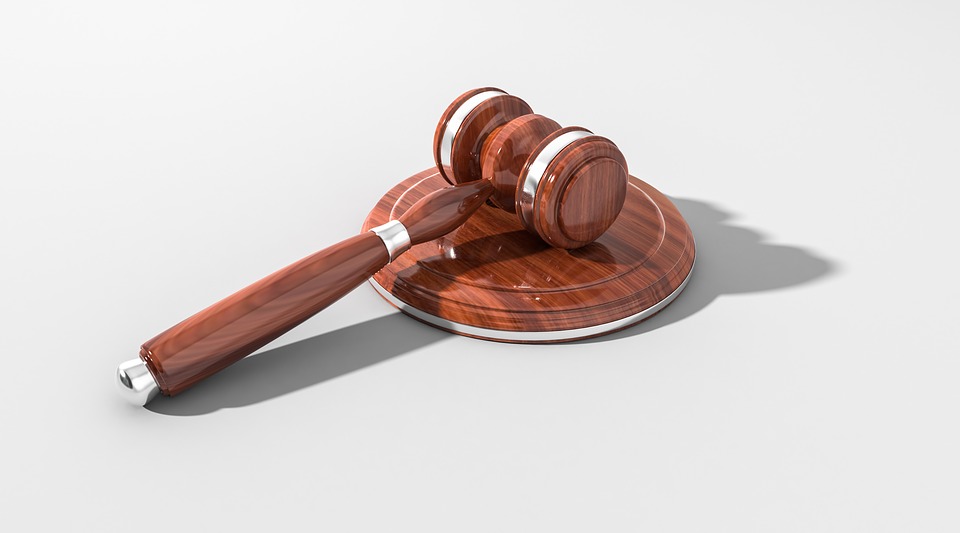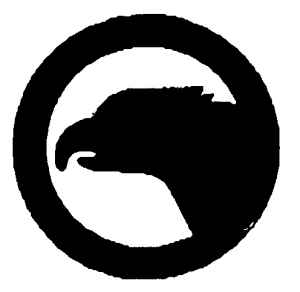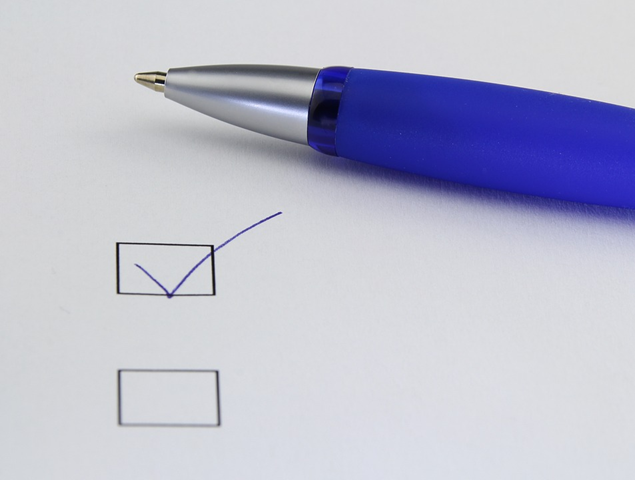Trademark revocation action now possible before the French Trademark Office

This new competence offered to the French Trademark Office is likely to lead to a consequent increase in forfeiture actions.
Previously, only the courts of law had jurisdiction in forfeiture actions. Jurisdiction is now shared between the judicial courts and the French Trademark Office, the aim being to facilitate access to this procedure and to reduce the number of courts.
Thus, according to article L716-5 of the Intellectual Property Code, the French Trademark Office has exclusive jurisdiction for forfeiture actions when they are brought as a principal claim and the court has jurisdiction for counterclaims.
What are the grounds for action in case of revocation?
It is possible to act on several bases:
- Failure to use the trademark for 5 years
- Trademark that has become the usual designation of the product or service
- Brand that has become misleading
How does the forfeiture procedure work?
First of all, the parties have to resort to a dematerialized written instruction phase.
This forfeiture procedure complies with the adversarial principle. Two months after the filing of a forfeiture action, the holder will be able to present his observations.
Once the applicant has submitted his observations, the proprietor of the contested mark will be granted a period of one month to rebut them.
The duration of the forfeiture action varies according to the number of exchanges between the parties during the investigation phase. Thus, the procedure can vary between six months and one year, with the parties having up to three contradictory exchanges to present their observations.
The French Trademark Office has three months to rule from the end of the investigation phase. This decision may be appealed to the Court of Appeal.
Who can bring a forfeiture action?
The plaintiff does not have to show any interest before the French Trademark Office, unlike the case of an action brought before the court.
Therefore, the application may be made before the French Trademark Office by any natural or legal person and may relate to all the goods and services targeted by the trademark.
What about the proof of use of the trademark?
The burden of proof shall lie with the proprietor of the trademark whose rights are liable to lapse. The criterion of use is selected on the basis of the evidence given by the proprietor to prove that the trademark has been seriously exploited.
Thus, in order to prove genuine use of a trademark, the owner must keep and present to the French Trademark Office or to the judges, documents such as brochures, printouts of the website page, order forms, invoices or written statements, that provide evidence of use This is not an all-encompassing list.
Consequences of the French Trademark Office decision
The forfeiture will take place, in accordance with Article L. 714-4 of the French Intellectual Property Code, by a court decision or by a decision pronounced by the Director General of the French Trademark Office and will take effect on the date of the request or on the date on which a reason for forfeiture arose.
The decision shall be recorded in the National Register of Trademarks and published in the Official Bulletin of Industrial Property (BOPI).
Conclusion
The forfeiture procedure at the French Trademark Office will certainly lead to a greater number of actions, offering the possibility to act quickly and at lower cost
In order to offer our clients a unique expertise, necessary for the exploitation of intangible assets, we keep you informed about intellectual property and digital economy issues through articles written by Dreyfus’ legal team.
ABOUT THIS TOPIC…


 The domain name extensions (gTLDs) “.cars”, “.car” and “.auto” are about to be auctioned on July 13, 2020. Launched in 2015, these extensions have been at the forefront of innovation in the domain name and automotive marketing. They have been used around the world by dealerships, startups and major automotive technology companies.
The domain name extensions (gTLDs) “.cars”, “.car” and “.auto” are about to be auctioned on July 13, 2020. Launched in 2015, these extensions have been at the forefront of innovation in the domain name and automotive marketing. They have been used around the world by dealerships, startups and major automotive technology companies.
 Source: WIPO, Arbitration and Mediation Center, May 7, 2020, No. D2020-0491, Crédit Industriel et Commercial S.A. and Confédération Nationale du Crédit Mutuel v. Whois Privacy Service / Yassine Ahmed / Yassine Cleoo / Yassinee Cleo / Yacin Helaloa / Robert Michel
Source: WIPO, Arbitration and Mediation Center, May 7, 2020, No. D2020-0491, Crédit Industriel et Commercial S.A. and Confédération Nationale du Crédit Mutuel v. Whois Privacy Service / Yassine Ahmed / Yassine Cleoo / Yassinee Cleo / Yacin Helaloa / Robert Michel
 In a decision of the Court of Justice of the European Union from April entretiennent, 2020 Gugler France SA v Gugler GmbH (Case No 736/18), the Tenth Chamber held, in the context of an invalidity action, that there is no likelihood of confusion between a trade mark and an earlier corporate name if, at the time of filing, the companies do in fact maintain economic links, and provided that there is no likelihood of error among the public as to the origin of the designated goods.
In a decision of the Court of Justice of the European Union from April entretiennent, 2020 Gugler France SA v Gugler GmbH (Case No 736/18), the Tenth Chamber held, in the context of an invalidity action, that there is no likelihood of confusion between a trade mark and an earlier corporate name if, at the time of filing, the companies do in fact maintain economic links, and provided that there is no likelihood of error among the public as to the origin of the designated goods.
 The judges of the Paris Court of Appeal, ruling on a referral from the Court of Cassation, adopted a strict approach to similarities between a figurative trademark and a later , semi-figurative trademark in a dispute between two companies specialized in ready-to-wear clothing.
The judges of the Paris Court of Appeal, ruling on a referral from the Court of Cassation, adopted a strict approach to similarities between a figurative trademark and a later , semi-figurative trademark in a dispute between two companies specialized in ready-to-wear clothing. the sign, in particular for clothing products.
the sign, in particular for clothing products.

 Since December 11, 2019,
Since December 11, 2019, 
 Webinar start up on July 9, 2020 :
Webinar start up on July 9, 2020 :
 Legal issues relating to the ownership of inventions and works created using artificial intelligence (or “AI”) are at the forefront for a variety of businesses.
Legal issues relating to the ownership of inventions and works created using artificial intelligence (or “AI”) are at the forefront for a variety of businesses.
 CJEU – September 5, 2019
CJEU – September 5, 2019